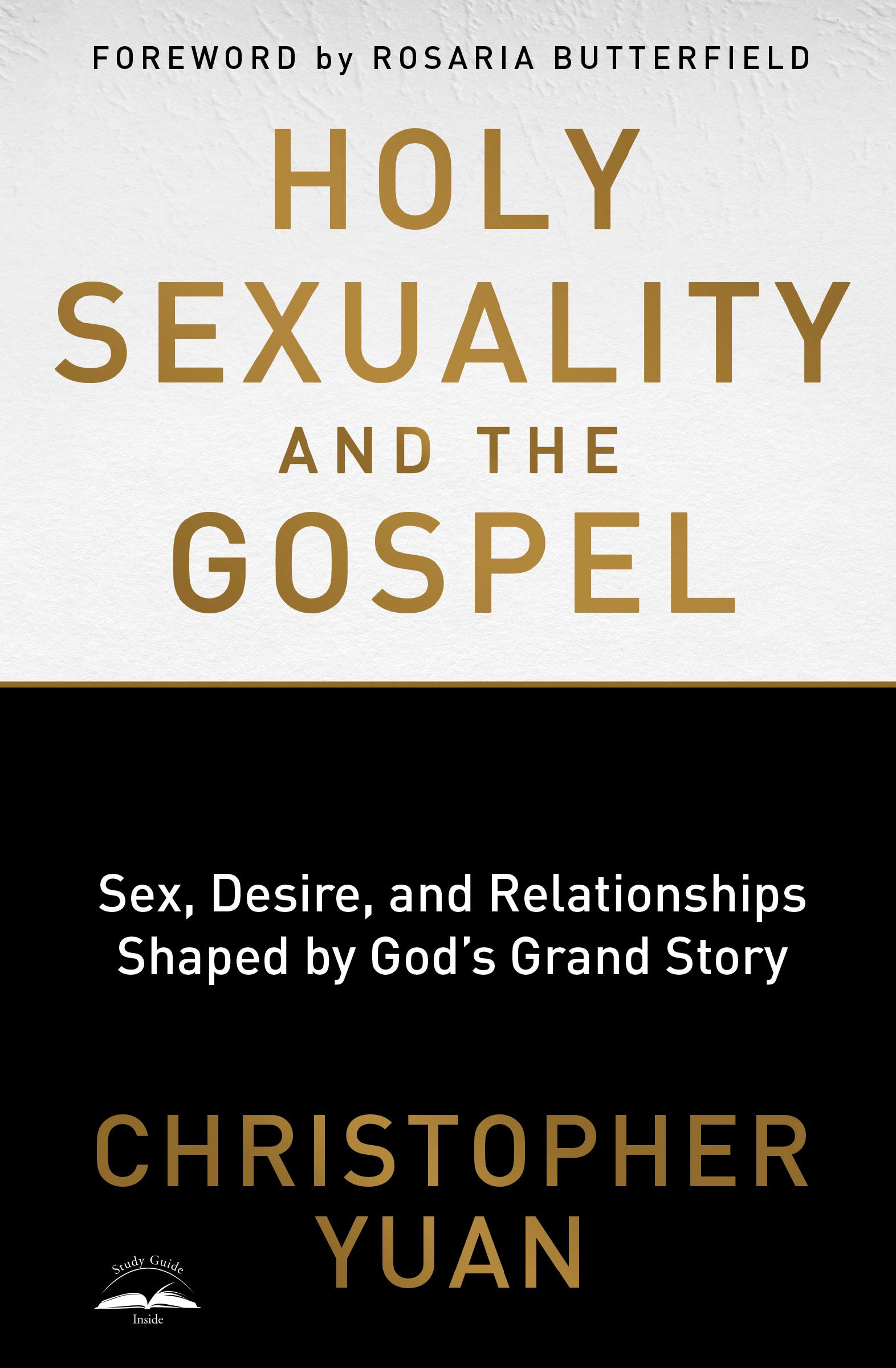A Brief Book Summary from Books At a Glance
by Steve West
About the Author
Christopher Yuan has taught at the Moody Bible Institute for over ten years. He speaks internationally on issues of sex and sexuality and has published books and articles on these themes.
Table of Contents
Foreword Rosaria Butterfield
1 Shaped by God’s Grand Story
2 A Case of Mistaken Identity
3 The Image of God
4 The Imprint of Sin
5 Why Anthropology Matters
6 Holy Sexuality
7 The Temptations
8 Anatomy of Desire
9 “Sexual Orientation”
10 The Biblical Covenant of Marriage
11 A Theology of Marriage
12 Singleness
13 More on Singleness
14 Spiritual Family
15 Sanctification
16 Bad Fruit on Vines
17 Compassion
18 Outreach
19 Receiving the News
20 Discipleship
Study Guide
Summary
Chapters 1 & 2
Virtually everyone reading this book knows someone who is gay and also knows that the Bible teaches that God loves the world. Christians know that they are to love everyone, but in the name of love, the church has taken a wide variety of approaches in relating to those who are same-sex attracted. In 1993 Yuan told his parents that he was gay. They were unbelievers, and they rejected him. He ended up supplying drugs to drug dealers in over a dozen states. Yuan was arrested and discovered he was HIV positive while in prison. It was in prison that he came to know the Lord. The root of his problem was not sex or sexual orientation, but unbelief. The differences in people’s responses to those who are same-sex attracted are rooted in different understandings of meaning and significance. We want to have compassion on everyone, but we also need wisdom. Without good theology, we will not act wisely and be able to help those we are seeking to reach. Everyone is to experience holy sexuality, and in order to understand human sexuality we need to understand God’s grand story of creation, fall, redemption, and consummation.
In our contemporary culture, many people believe that sexuality is at the core of their identity. It is no longer a question of what you are attracted to, but who you really are. We have turned homosexual into an ontology, moving past a description of desire to an identity of a person. People find their identity in all kinds of things, and many are trying to find their self-identity in their sexuality. But describing how we are is not the same as describing who we are. Our view of who we are affects what we do, and what we do affects who we think we are. If I am gay means who I am, a condemnation of homosexuality feels like a condemnation of my person. In contrast to this way of thinking, God has given us our identity as his image-bearers: we are what he says we are. Before the mid-1800s, sexuality was seen as describing behavior rather than identity. Freud and his followers were the first to identify people according to sexual orientation. In 1870 Carl Westphal was the first person to use the term homosexuality to categorize someone’s nature rather than describe their practice. Identity became tied to feelings and behavior. Romanticism saw people as basically good, and it privileged emotions and feelings over logic. Thus, the emotions people felt were to be trusted as good. Existentialism added the view that radical freedom and choice were vital, as was being your authentic self. With no Creator, meaning was invented by individuals, and feelings and experience defined not what a person did, but who they really were. True identity is not found in what I do or how I am, but in who I am, and to know who we are we need God. . . .
[To continue reading this summary, please see below....]
The remainder of this article is premium content. Become a member to continue reading.
Already have an account? Sign In
